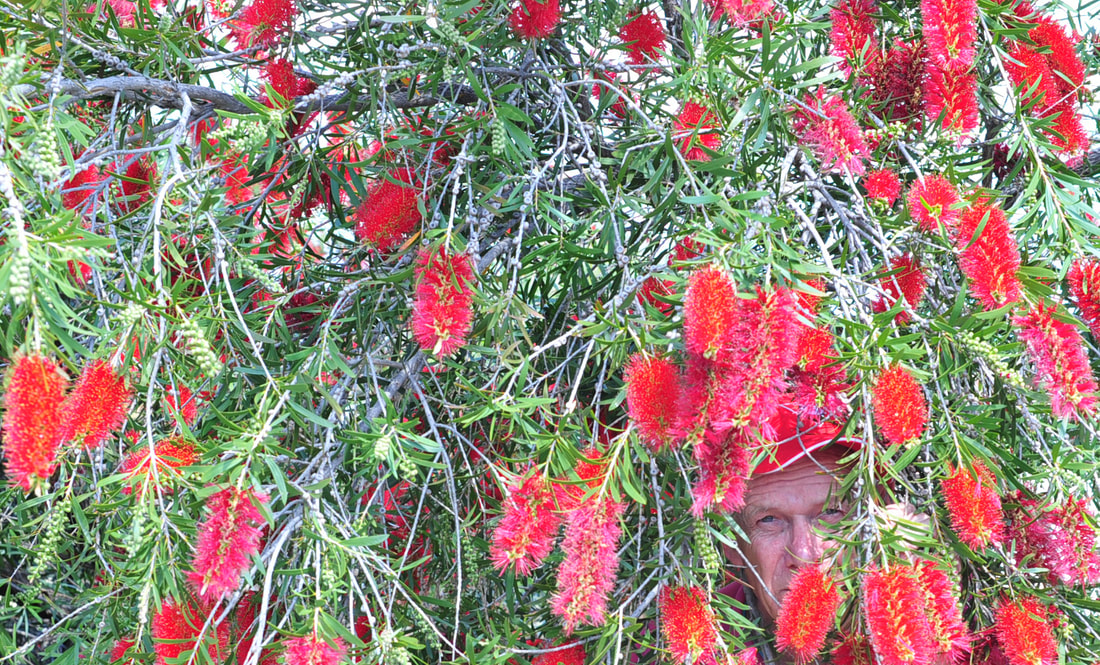Can I correspond directly with Prof Bob?
Of course you can! Prof Bob is based in Perth, Western Australia. Why not come for a chat over coffee ......
Would you like to ask a question? Would you like to clarify or debate the content of a module? Would you like to suggest content for a module? Would you like to give Bob some feedback? Please do!
If it is a little difficult to drop by, why not send him an email to
[email protected]? Or, to [email protected]
But be warned that if you do drive to Perth to see Prof Bob (and why wouldn't you?) it may be difficult to find him - especially in the Springtime ......
Finding your way around .....
You can browse or search the Aha! Learning chemistry website in the following ways:
You can browse or search the Aha! Learning chemistry website in the following ways:
- Use the drop-down menus from the buttons at the top of each page to browse the modules in each chapter.
- Click to go to the TABLE OF CONTENTS (also from the NAVIGATION button) to see all available chapters and modules in numbered sequence.
- Click to go to the ALPHABETICAL INDEX. (also from the NAVIGATION button).
- Enter a word or phrase in the Search box at the top of each page.



